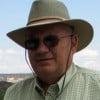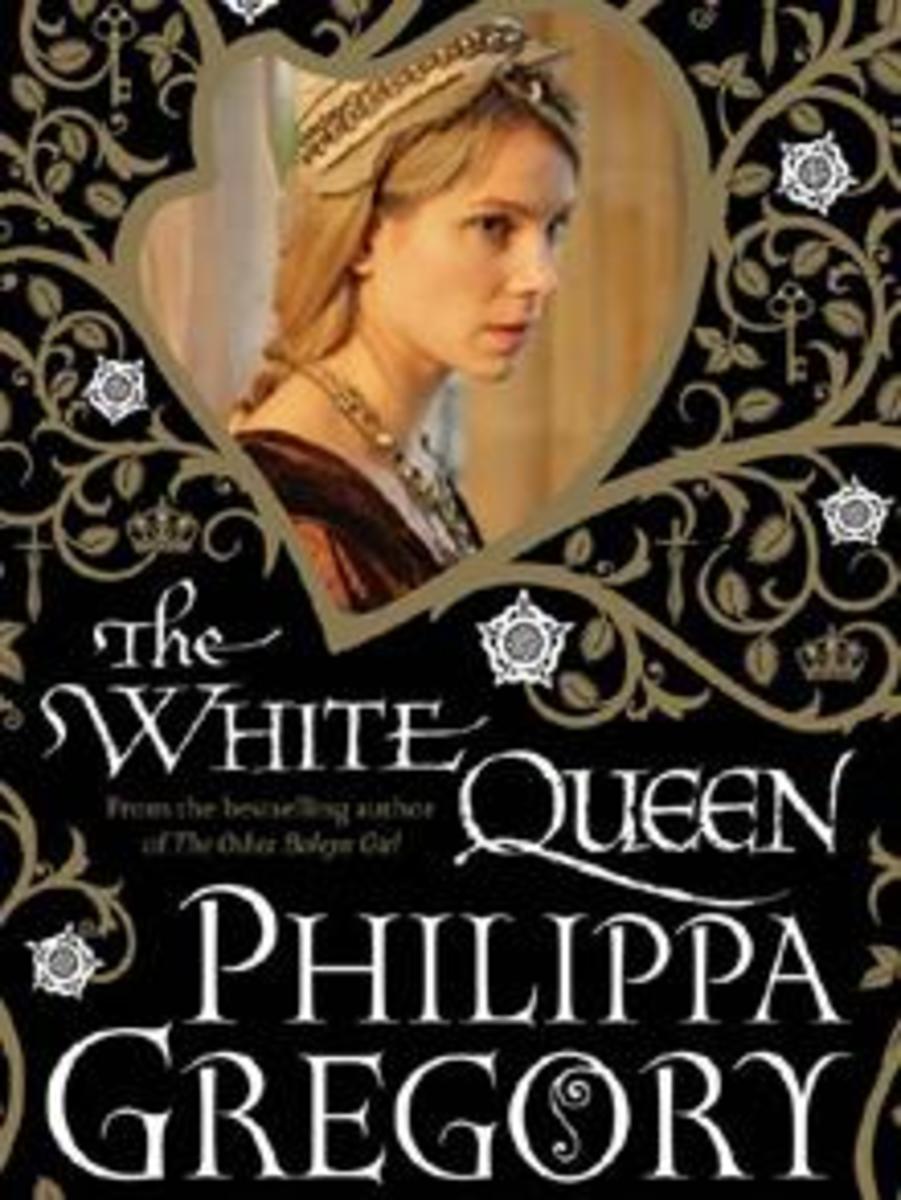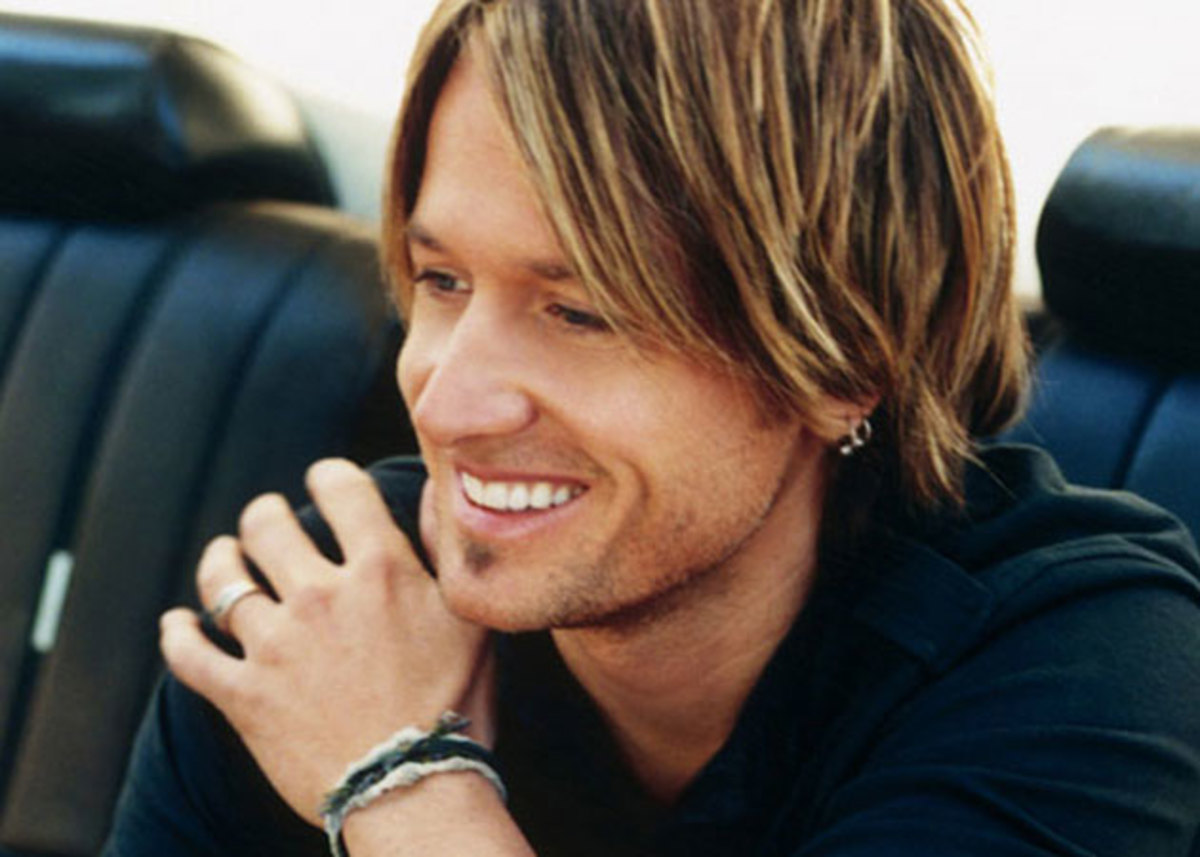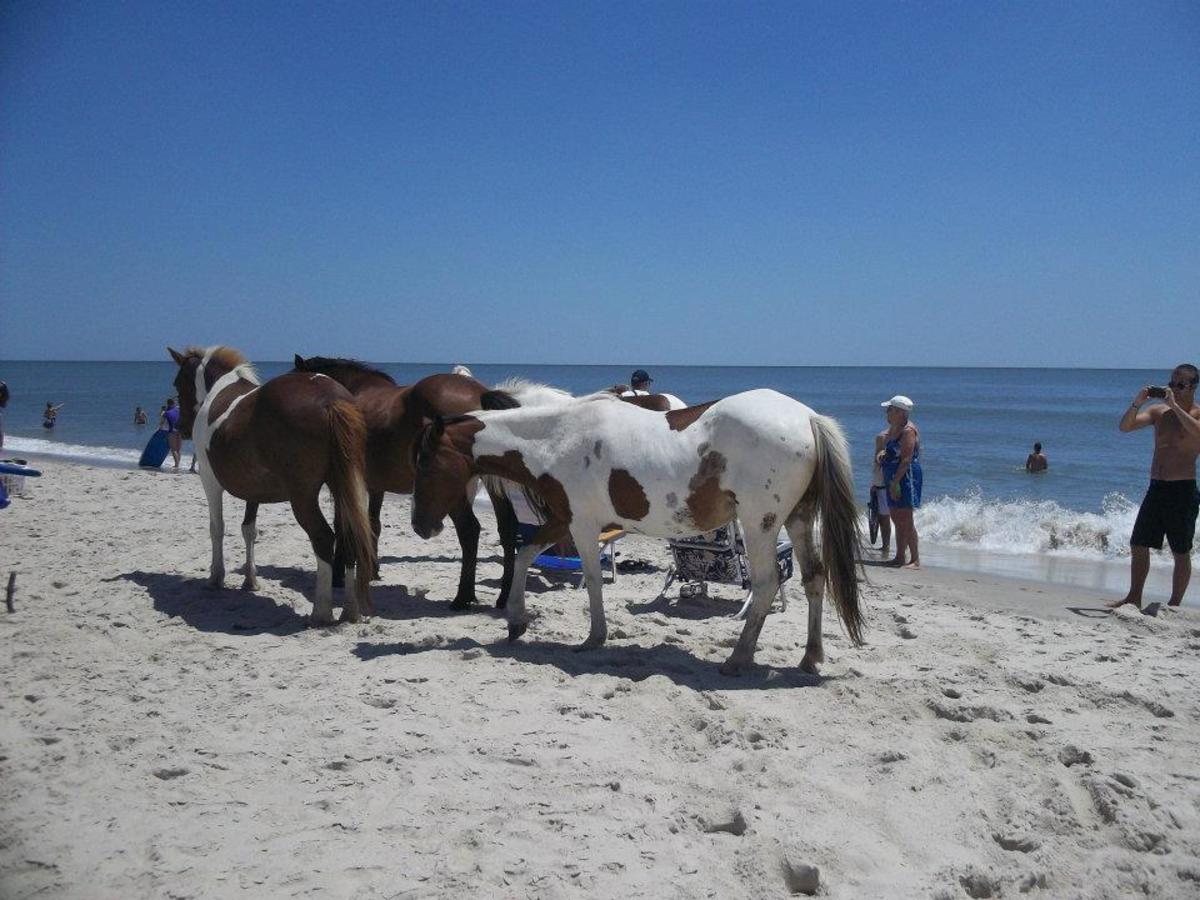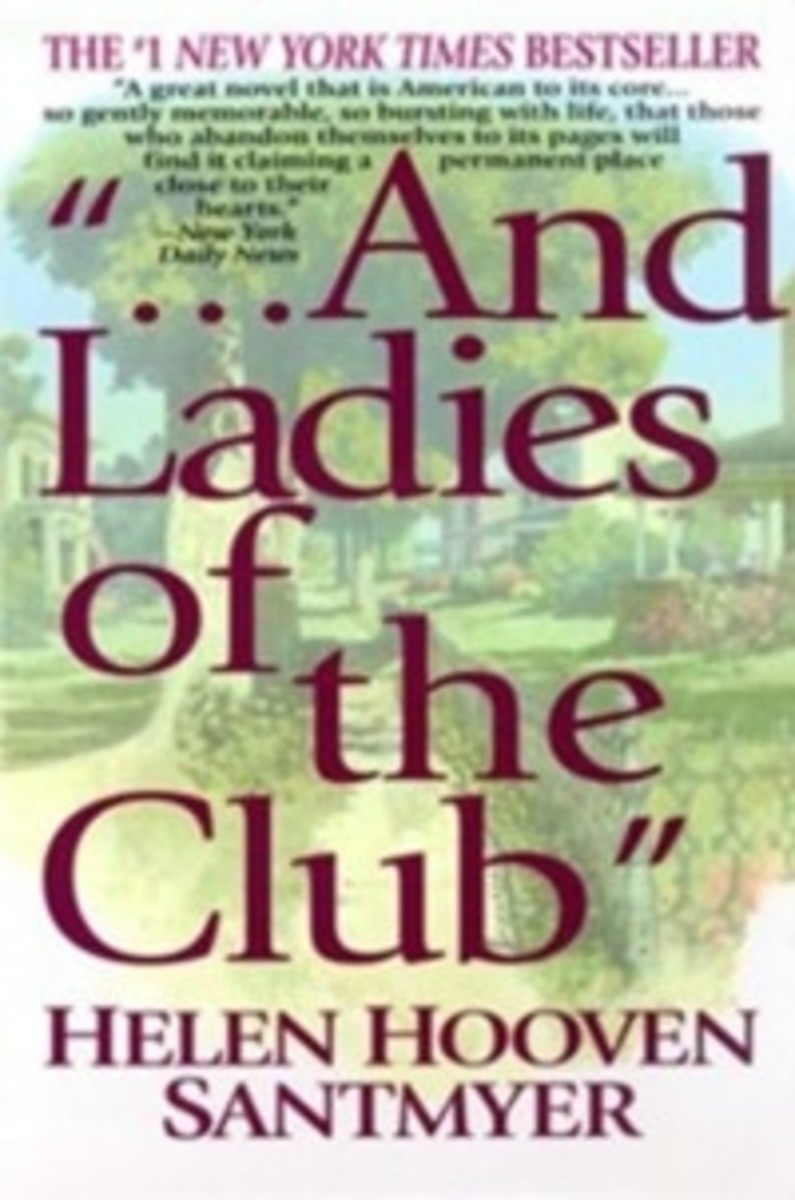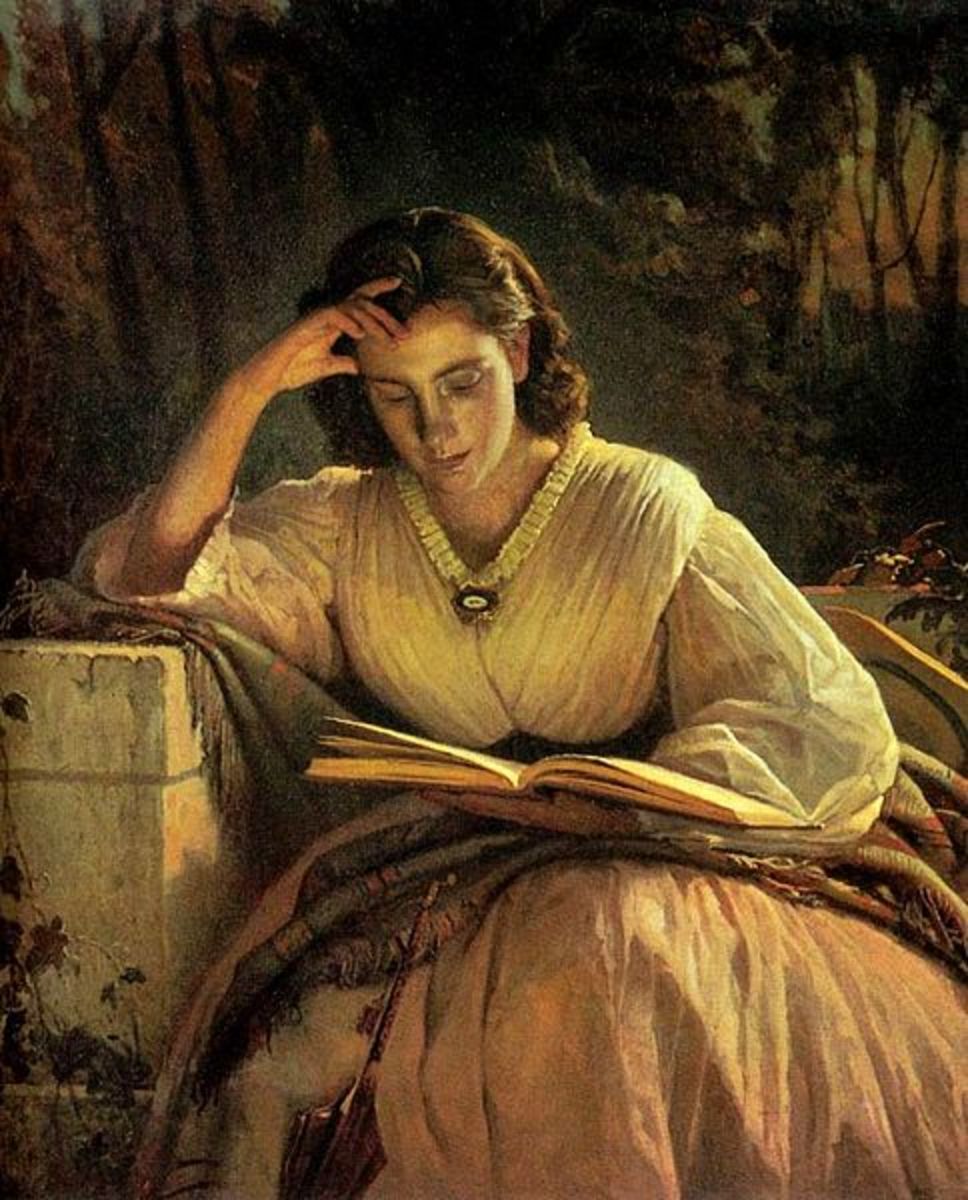Weston Wagons West - Ep. J4 - James and Keith Weston worked closely with Thomas Trueman and Richard Brightwell in the 16
Keith raised, trained and traded horses, as well
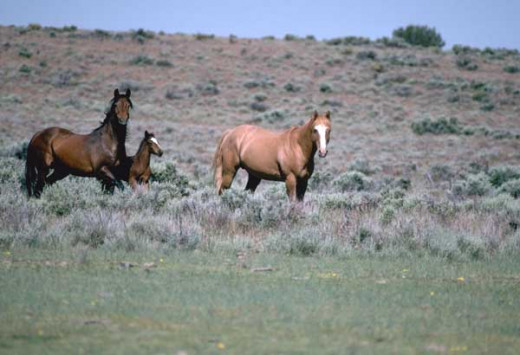
James Weston continued a family tradition
A strong tradition in the Weston family, which James carried over from his life in England, was to gift his son, Keith, with two horses of his own, on his fourteenth birthday. From twelve to fourteen, Weston young men were trained specifically to care for horses, and taught rudimentary farrier practices as apprentices - in addition to their other responsibilities. Assuming they accepted their responsibilities, as expected, each received two additional horses on their sixteenth birthday. Frequently, between fourteen and sixteen, Weston young men continued to improve their farrier skills, and added blacksmithing and wagon wheel training, sometimes wagon building skills, if appropriate masters were available to teach those skills. Keith was able to follow this career path and was quite competent as he approached his maturity.
Keith had worked closely with his father to choose the appropriate horses, by gender, age, breed, and other characteristics to maximize the opportunity to move in the direction the young man had chosen for his own life. Keith had indicated a desire, and a competency, to breed and train horses himself, so had chosen appropriate mares with which to start his own herd. Keith turned 14 in 1664 and 16 in 1666, of course.
Thomas Trueman was a man full of energy, it seemed
Thomas Trueman had been born about 1625 in Nottingham, England. He arrived in the Maryland colony in 1651 as a free adult along with two servants. He had two brothers and a sister in the colony as well. His sister, Elizabeth, married a Stringer. His brother, Nathaniel, was a justice for a time in Calvert County. His other brother, James, was a justice and a physician, and married Ann Storer. [James is best known down through history as the direct ancestor of the President of the United States, Harry Truman (the "e" was eventually dropped from their surname)] The children of James, who became the principal heirs of the estate of Thomas (who had no children), were Martha Trueman, who married Thomas Greenfield, Mary Trueman, who married Thomas Hollyday, and Ann Trueman, who married John Bigger.
Thomas was an attorney, planter and merchant. He served in the legislature in various roles between 1666 and 1685. He was a justice in the Calvert County Court from 1658 to 1662 and Sheriff from 1662-1663. In military service, he was a Lieutenant in 1659, promoted to Captain in 1660, and Major by 1675.
After Captain John Boage died in 1667, all of his property was willed to his wife, Mary. Shortly thereafter, by April 1671 for sure, Thomas Trueman and the widow Mary Boage were married. Under Maryland law, women could and did own property, but had no vote. When a woman married, all of her property became the property of her husband. Upon his death, she was entitled to at least one third of his estate. If she remarried, all her property again passed to her new husband, to be distributed again by his actions during his life or in his will.
By marrying Mary Boage, Thomas Trueman became the owner of all the property accumulated by John Boage, including Patuxent Manor, Poplar Hills (which we will hear much about shortly), and many other sizable chunks of real estate. Poplar Hills plantation was located further to the north and west from Patuxent Manor and was where Mary and her four sisters appear to have been living in the late 1660s and into the 1670s. Thomas Trueman appears to have also lived there following their marriage. Richard Brightwell likely followed Truman to this area as well.
Keith Weston found Richard Brightwell to be a kindred spirit in many ways
By 1666-1670, when Keith Weston had young horses of his own to sell and/or trade, as well as those from his father's business, he had become quite close in interests and in temperament with Richard Brightwell at Patuxent Manor and that relationship continued at Poplar Hills. They loved to talk about horses, work with their horses, and talk of the adventures they would each have on the frontier and in the wilderness, one day, as they reached out for their fortunes on their own. Even though Richard was 25 years the senior of young Keith, Richard was working off his servitude, and was still dreaming of what he would do once he had earned his freedom.
Richard, in his work for Trueman, had earned a surprisingly wide range of influence by accompanying Trueman on trips further and further to the north and west from their home base, virtually to the boundaries of the colony on occasion. Keith, of course, in working for his father, and the freight line business as well as the horse trading business, travelled widely in the more settled areas of the colony. He was fascinated by the stories Richard would tell of encounters with the natives, the savages, on the outskirts of their civilized world.
A Susquehannock Fort
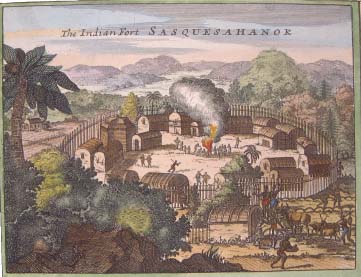
Learn more about the Susquehannock Indians
I have visited the Zekiah Swamp area...
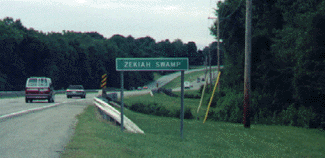
Richard Brightwell shared a war-story with young Keith Weston
By the end of 1670, Richard had completed his formal servitude with Thomas Truman and was serving largely in an aide-de-camp role to Truman on his military ranging missions to secure the borders of the settled Maryland colony from the Susquehannock Indians who continued to raid outlying settlements. Between that time and early in 1675, Richard himself had become a Lieutenant of the Horse Rangers, as they were called, and was an official part of Trueman's military unit on these excursions.
As related by Richard to young Keith, now 25 years of age, late in 1675: "In the summer of 1675, white settlers in both Maryland and Virginia were attacked and killed by some Susquehannocks. It was necessary to take firm action to protect the colonists and a joint force of Maryland militiamen and Virginians was organized and sent to subdue the Susquehannocks. The Maryland forces were commanded by Major Thomas Trueman of Calvert County (he was a member of the Council at this time). The Virginians were led by Colonel John Washington (the great-grandfather of General George Washington). On September 25, 1675 the Maryland and Virginia forces appeared before the fort in Zachiah Swamp where many of the Susquehannocks were encamped."
Richard emphasized at this point that he had already heard a number of accounts of what happened next that did not all agree. He was there, he reiterated, and this is what he saw, from his point of view. "Members of the militia attempted to arrest the guilty Susquehannocks. I do not know how the people knew which ones were guilty, but this is what I was told, at the time. There were a large number of Susquehannocks in the encampment, and a small number of them were attempting to negotiate with the soldiers. As the Susquehannocks continued to attempt to "negotiate" with the whites, some of the soldiers murdered and scalped all but one of the Susquehannock negotiators in a fit of rage. Fighting went on for several days until one night, the remaining Susquehannocks slipped away during the night. Presumably they returned to the Virginia back country which was then their primary location."
When the Rangers reported back to Maryland officials, Major Trueman was charged with "not having his men under control." "I know," Richard emphasized to Keith, "that the guilty soldiers were part of the Virginians." Truman tried unsuccessfully to get a written confirmation from the Virginians, but was unsuccessful. Since Trueman was a member of the Upper House of the Assembly, his offense was considered very serious. An impeachment trial was held. There were strong feelings on both sides. Truman was declared to be guilty, dismissed from the Council and deprived of his military offices. But, he was allowed to go free without further penalty. After Major Trueman was dismissed from office, he retired to his plantation.
Richard emphasized to Keith that he, himself, had not been implicated in Trueman's problems. In fact, shortly thereafter, Richard Brightwell was promoted to Captain of the Horse and led the frontier ranging missions himself for a number of years.
[From an historic perspective, subsequent activities by the Susquehannocks in the Virginia back country contributed to what, in the following year, 1676, became known as Bacon's Rebellion, in which the Virginia capital at the time, Jamestown, was burned.]
Learn more about Bacon's Rebellion in Early America
The Burning of Jamestown
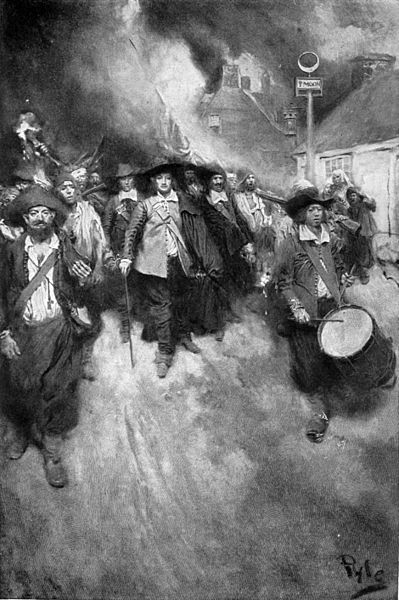
Bacon's Rebellion
Did you realize that Bacon's Rebellion involved the burning of Jamestown?
Historical note
Captain John Boage, Thomas Letchworth, Thomas Truman (along with each of his siblings and their spouses mentioned), Mary and four sisters, her mother Elizabeth and Robert Lashley (along with John and Michael Taney) are each actual historical figures but we will be seeing them in future episodes of this series used fictitiously. They each played key roles in the life of Richard Brightwell, the 7th great-grandfather of the author, who arrived in Maryland as an indentured servant in 1663. Each of the relationships within which these historical figures will appear here will be totally consistent with known historical facts for each such person in the official records of Maryland.
My historical perspective in this hub relied extensively on my published article in the Maryland Society Bulletin, "Richard Brightwell Family in Maryland (1640s through 1740s)," Spring 2003, Vol. 44, No. 2, Compiled by William L. (Bill) Smith For the KINNICK Project, pp218-238. Some biographical information on Thomas Trueman relied on Southerne family records in the file of the author, as well.
Thank you for your continued support of this series
Hub readers are a faithful group and I want to thank you in advance for reading this series of stories. I will do my best to make them interesting, to make them plausible, and to make them as historically accurate as I am capable of doing. I look forward to receiving your feedback and meaningful comments on each story. I am using my real name on these stories and will reply to each comment, as I've noticed is common among the more prolific writers on this platform. As a retired university professor, I do have the time for this level of interaction and pledge that I will do so as long as I feel the comments are well intentioned - which I assume will be indefinitely. Thank you, again, for your support! ;-)
